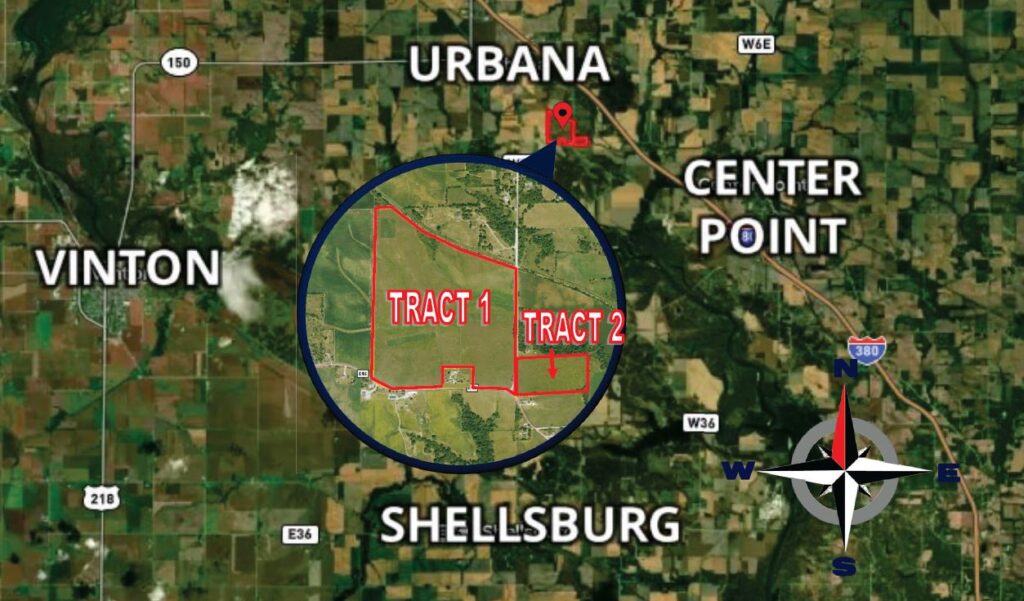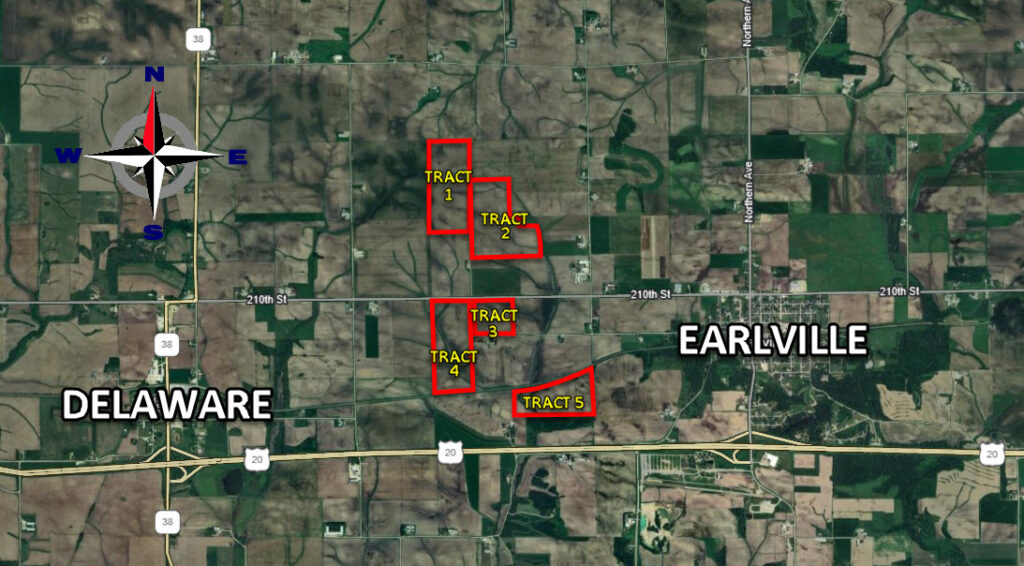Land Values Rapidly Increase – Land values have rapidly increased in 2021. We calculated a 30 % increase in value in 2021 from our internal sales database across all qualities of land. This is consistent with other surveys and reports. This is incredible given that land tends to change value in a “stair-step” approach rather than “linear” like we have seen in 2021. At the start of 2021, there was limited supply of land available, which most real estate professionals thought was the primary drive towards the increases. However, by the end of 2021, we have seen a record supply of land and no decline in value. Certainly the demand for land and the purchasing power for land is unprecedented. The preferred sale method also transitioned in 2021 from listing a farm to selling at auction. An auction procedure is well-suited for many assets in an upward trending market with multiple bidders, but always needs to be analyzed as it isn’t the right “fit” for each property or asset. The escalation of land values this year was something we identified in Fall of 2020, but we could not have predicted such a linear rise in value.
Negative Real Interest Rates and Demand for Land in a Portfolio – One of the key drivers of not only land values, but real estate in general and equities (stock market) is the purchasing power of the buyer. The Federal Reserve has held the short-term lending rate near Zero since March, 2020. At the same time, inflation has taken off due to supply side shortages and stimulus fueled demand. This has caused inflation to outpace interest rates, creating the lowest negative real interest rates seen in many years (Interest Rate minus Inflation). Buyers have great borrowing power in this environment and have great concern that inflation will erode the value of their cash. Land can be a good hedge in this environment and great to have as part of a portfolio. Most farmers are purchasing with the intent to hold for a very time and “dollar-cost” averaging with the other land they have purchased through the years. The non-farmer buyer views this as a part of their portfolio that acts like a bond, and provides them the control to use the land as they see fit. The income produced by the land could be more controllable than relying on their retirement account to consistently provide income. Certainly, the market identifies land as a great asset to own as part of their portfolio.
Two Items (of many) on our Radar in 2022
Margin Management – Most businesses are experiencing higher revenues due to demand by their consumer. However, costs have skyrocketed in the last year due to supply constraints. Passing along increases in operating costs can be very difficult. If you are in a commodity business, this at times can be impossible depending on supply and demand. We are seeing some of the highest commodity values in years for corn, soybeans, pork, oil, ethanol, etc., but managing the costs will be challenging. Commercial fertilizer prices for corn and soybean producers have doubled or in some cases tripled in costs since 2020. The ability to manage cost increases will be an opportunity for some and a challenge for others.
Sustainability Initiatives – Sustainability (green) initiatives are all over the news and agriculture is not alone. Since the start of 2021, we have seen industrial solar farms proposed, more wind farm projects, a strong demand for renewable diesel (refining of soybean oil), and proposed pipelines to capture CO2 from ethanol plants and carry it away to store underground. This can impact supply of land available for agricultural purposes, the demand for commodities, property value concerns or opportunities, and raises questions as to the rights of property owners. We have seen a significant increase in these initiatives in 2021, it will be interesting if this momentum continues in 2022.

 Residential Real Estate
Residential Real Estate
